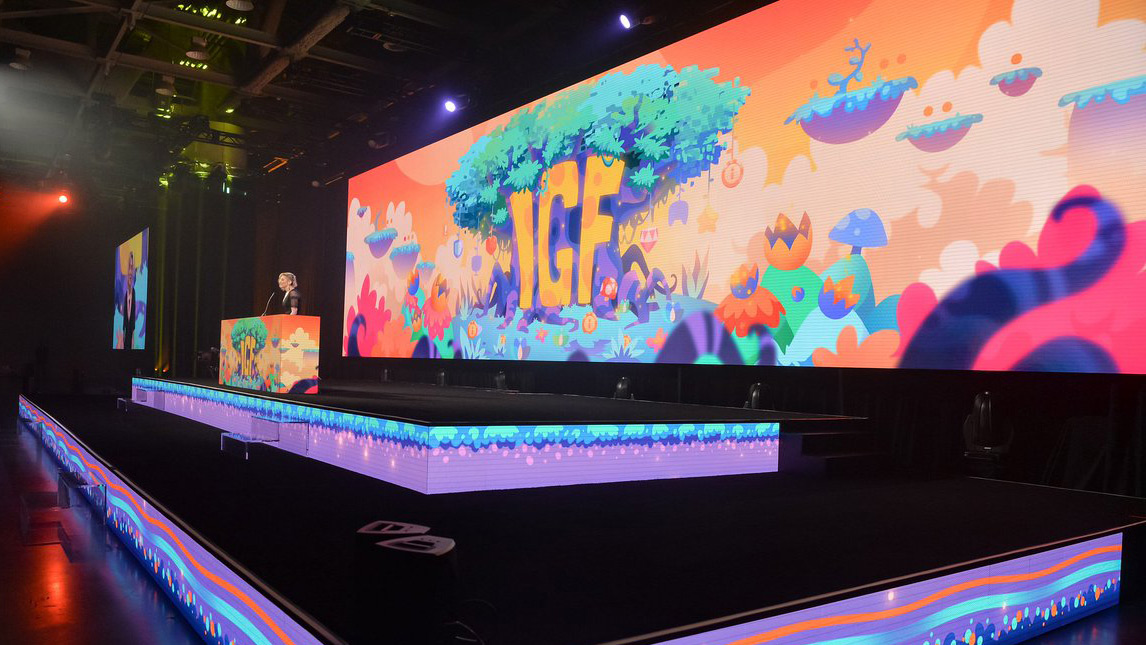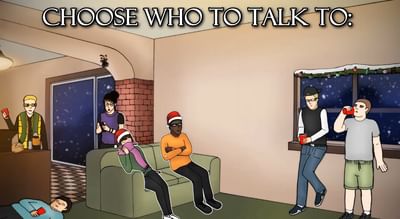- Broken Timeline - Prologue Mac Os Catalina
- Broken Timeline - Prologue Mac Os Download
- Broken Timeline - Prologue Mac Os 11
- Broken Timeline - Prologue Mac Os X
Below is a timeline of events within the Touhou Project universe. Please note that there is speculation involved in the dating of some events. There are two calendars in common use in Gensokyo: the Gregorian calendar, which is the main calendar used by Gensokyo's inhabitants, and a youkai lunisolar calendar, which is generally restricted to. Trying to update timeline firmware from an iMac running OS X 10.10.3 via midi interface Roland UM ONE mk2. Correct midi driver downloaded from Roland, interface shows in macs midi devices and tests ok, Strymon librarian recognises um one but when timeline is connected it comes up with 'no response' in Orange then red.
I just upgraded to Mac OS X 10.5 Server (from Server 10.4.11) on a tiny 1.5Ghz 1GB Mac Mini. Before the OS upgrade, it ran a copy of Apache httpd v2.0.x, compiled from source, for pretty much uninterrupted for almost 3 years.
I am now running the included version of httpd 2.2 (unmodified by me) after running the little 1.3 -> 2.2 migration script. I have some .m4v files that I want to server out to iphones/ipad/ipods, all in the range of 400MB to ~1GB in size.
Whenever one of these files is requested, httpd fills the site error log with the following line as long as the connection exists:
(32)Broken pipe: core outputfilter: writing data to the network
This creates huge error logs very quickly.
The only thing I can find online (google and here) pertaining to this error message is to add either or both of these directives to httpd.conf:
EnableSendfile Off
EnableMMap Off
I have added both of these directives to httpd.conf, individually and together with no affect.
Does anybody know how to fix this issue?
Cheers,
Matt
Tale of a wolf - preview mac os. Mac Mini, Mac OS X (10.5.8)
Posted on Aug 16, 2010 5:56 PM
| Click here to return to the 'Restore default bootloader without harming partitions' hint |
Here are some technical details to understand what this hint is talking about.
First, a bootloader was not restored. Mac OS X has no boot loader in the traditional sense. What you are referring to is the boot code in the Master Boot Record of disk.
The first sector of the GUID Partition Table (GPT) disk contains is a Master Boot Record (MBR). Traditionally, the MBR contained a bootloader that would start the system running. Mac OS X does not normally use this bootloader.
Mac OS X normally uses EFI. The EFI bootloader location is stored in various NVRAM variables that indicate what file to load in order to boot the computer. EFI is much more advanced than older boot systems in that it includes the ability to mount and read file systems.
However, the Macintosh also supports Boot Camp. In order to support Boot Camp the Macintosh will boot from the MBR as described above. The boot settings in NVRAM can be set so that the Macintosh will boot using the MBR instead of the normal EFI settings. This is what makes Boot Camp work. (This is an Mac extension that is not a part of EFI.)
The Ubuntu installer changed the bootloader in the MBR and also set the system NVRAM variable to boot from the MBR. This made it so that your main disk would not show up.
Resizing the partition causes Disk Utility to erase the MBR bootloader and return the system to using EFI.
I would have to guess that opening the Startup Disk Preference Pane would have allowed you to switch back to OS X, although the Ubuntu loader still would have been present. You would see that in the Startup Disk Preference Pane as a selection to boot into Windows. :-)
Just some fun technical knowledge to explain what is really happening.
Yep, also rEFIt is not a bootloader, but rather an EFI executable that allows more control over the default Mac EFI functions (and some other useful EFI tools).
Good explanation. This also goes to show why you in general need to be very careful with anything non-Apple that modifies partitions or boot loaders. The way Apple deals with the MBR is actually rather non-standard. Typically, the MBR is not used at all with EFI, a small amount of data being written there only to let non-EFI systems know that the drive is not blank. Apple actually does write a proper Master Boot Record for the purposes of allowing systems that do not support EFI (Windows XP, and all 32-bit versions of Windows Vista/7) to boot natively. So you have a system with both a Master Boot Record, as well as EFI boot info written to NVRAM. Astra mac os. Windows and Linux based disk utilities don't expect this setup and results may be different than you would expect.

Thanks for the interesting information. I did indeed try to reset the startup disk from System Preferences, but it didn't work. Perhaps it was because I had booted from an external drive.
Broken Timeline - Prologue Mac Os Catalina
So is there someway to manually erase the MBR bootloader and/or return the system to using EFI through a command console of some sort before entering the OS or through the terminal using the OS X boot disc? I am having the same problem as the OP, but I cannot see the primary partition in the disk utility using the boot disc, and I can't use the trick the OP used.
Broken Timeline - Prologue Mac Os Download
Broken Timeline - Prologue Mac Os 11

Thanks for the interesting information. I did indeed try to reset the startup disk from System Preferences, but it didn't work. Perhaps it was because I had booted from an external drive.
Broken Timeline - Prologue Mac Os Catalina
So is there someway to manually erase the MBR bootloader and/or return the system to using EFI through a command console of some sort before entering the OS or through the terminal using the OS X boot disc? I am having the same problem as the OP, but I cannot see the primary partition in the disk utility using the boot disc, and I can't use the trick the OP used.
Broken Timeline - Prologue Mac Os Download
Broken Timeline - Prologue Mac Os 11
Hello, being very new to this thread, I want to point out the big trouble I have . Space diver mac mac os. After installing BOOTCAMP on the 5 gb partition and running everything as described, I cannot boot the Mac or the WIndows . I presume it starting straight in Windows with a black screen and the message with DISK ERROR , PRESS ANY KEY TO RESTART comes up, the chime is there also. If pressing any key nothing happens . Tried a number of times to restart while holding OPTION KEY. Only them I got a light grey screen with a padlock and a box where I supposed to introduce a password . Tried that to insert my usual Mac admin password, is not working . I have inserted as well the original disk OS 10.5 to run the disk utility, it doesn't respond to C or any other command . I have tried T target mode, it doesn't take a target mode or maybe I am doing something wrong . Please help . Thanks guys .
I'm having the exact problem as you describe it, but when I go to disk utility, and select the volume, it only shows one disk partition, the one that I tried to boot windows on, and not my original partition, and I can't wiggle the little arrow thing like you described. The partition that shows up is only a fraction of my hard disk memory, but if, instead of 'current', I select multiple partitions, then my full memory shows up. How do I reboot back into Mac OS X??
I just was tinkering with Ubuntu 9.10, trying to install on a USB hard drive. It was successful, but could no longer boot OS X. I found this, but I couldn't change partitions in DiskUtil. Then I remembered that OS X is based off Unix/BSD. Looked up the manuals for fdisk. Used it from command terminal from OS X install DVD.
fdisk -u /dev/disk0
fdisk here is very similar to the DOS fdisk program, just designed for UNIX
the -u tells it to update MBR without modifying partitions
/dev/disk0 is the hard drive. yours may differ, but i doubt it
This fixed my problem.
Long story short, yes you can do it easily from command line, just boot your install DVD. In terminal, type the command listed above.
Hi Chris.
Same problem for me, same fix that worked perfectly well. I knew my data were not corrupted but only hidden but I was afraid to get the situation worse by doing some hazardous tries.
I was just about to install Refit (maybe it would have solved the problem as well..) when I found your post.
Thank you all people who take time to write down their experience for others.
Now, I am wondering how to get Ubuntu work on my external drive and MacBook..
Thanks again.
Benoit, France.
Thank you very much! This hint saved from reinstalling my MacBook.
I damaged my Bootloader while preparing a Hackint0sh-USB-Stick - this is still working with OS X 10.6.4
Broken Timeline - Prologue Mac Os X
Thanks! I did the exact same thing and this hint saved my bacon. Kudos..
Hello,
Thanks a million !
This is the only post I found with information that did work and made me able to boot normally, instead of having the 'Waiting for root device' message, and seeing the 'EFI Boot' drive when pressing Option key on boot.
None of the above worked.
My HDD is encrypted, would that be an issue?
I tried..
fdisk -u /dev/disk0
..no results.
I also tried..
fdisk -e /dev/disk0
flag 2 (for extended drive)
write
quit
reboot
..no results
Please help, I have a lot of sensitive data, for the most part is back up, but the most recent data isn't and is extremely sensitive.
